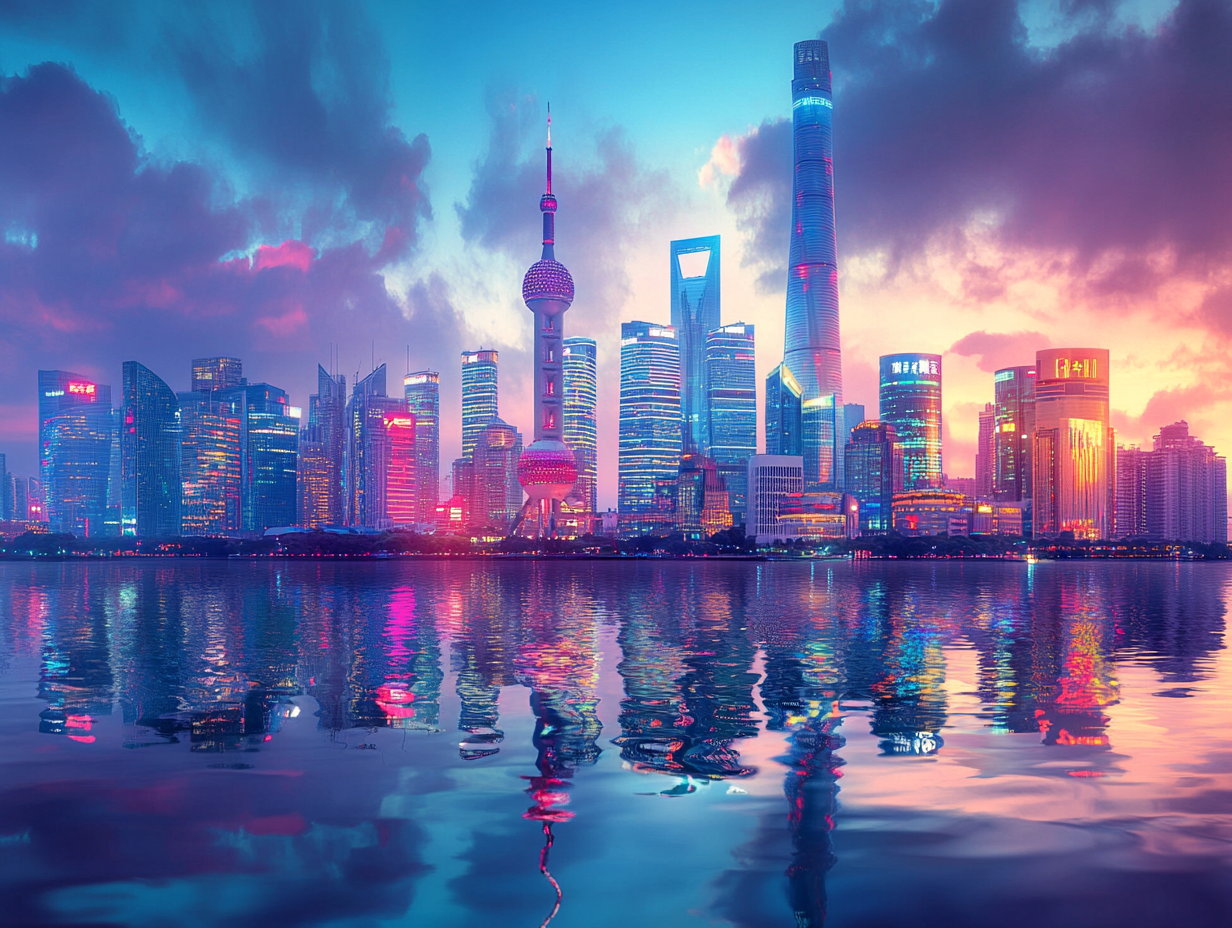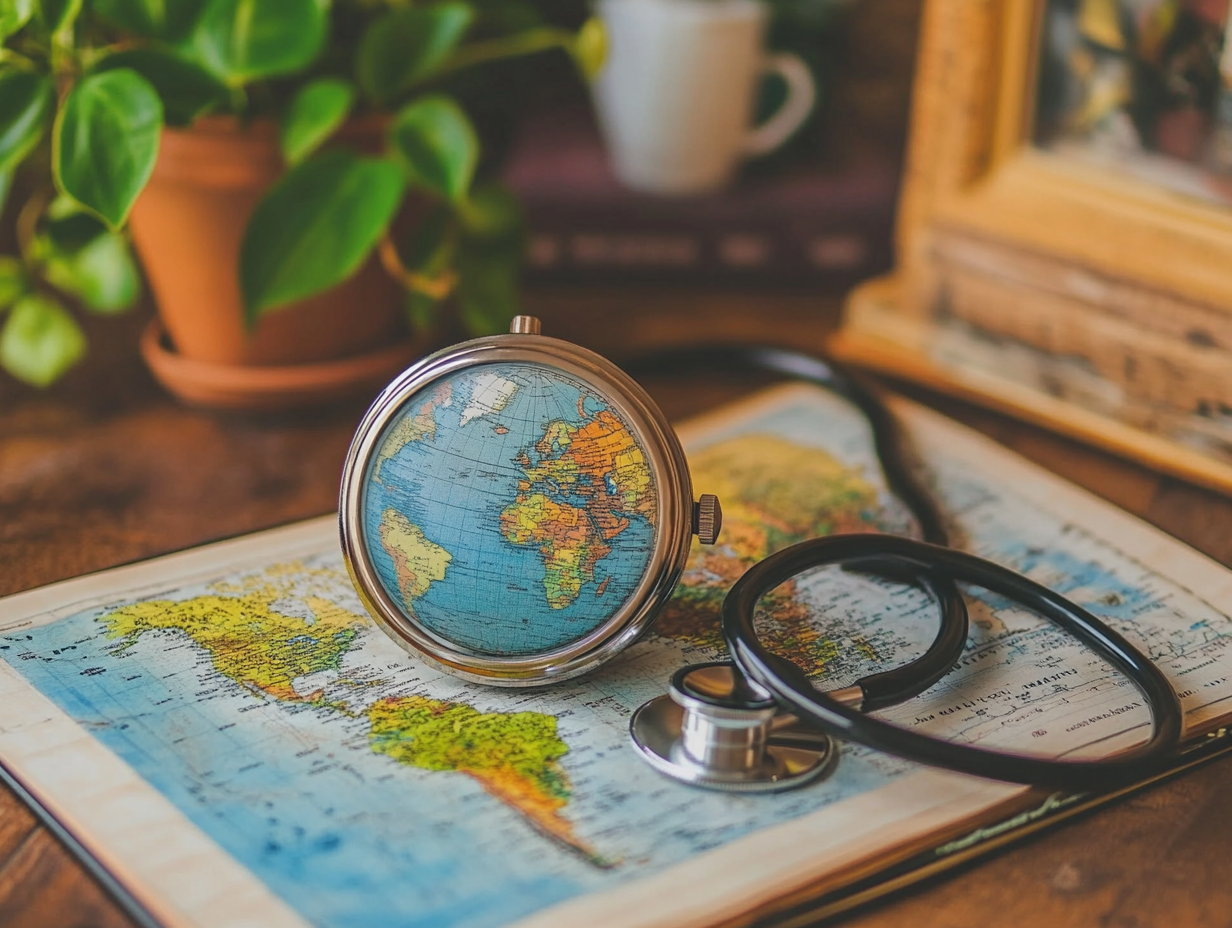Traveling is one of life’s greatest joys, offering opportunities to explore new cultures, savor unique cuisines, and create unforgettable memories. However, seasoned globetrotters and first-time travelers alike can fall victim to travel scams. These schemes are designed to exploit tourists, often targeting their money, possessions, or personal information.
To make your 2025 travels safer and stress-free, Fine Magazine has compiled six expert tips that will help you recognize and avoid common travel scams. By staying vigilant and informed, you can focus on what truly matters—enjoying your journey.
Recognizing Fake Booking Scams
The excitement of planning a vacation can sometimes lead travelers into the trap of fake booking scams. These scams often involve fraudulent websites or emails that advertise enticing deals on hotels, flights, or vacation packages. While these offers may seem too good to pass up, they often come with a heavy price: stolen money or compromised personal information.
How to Protect Yourself
- Verify Website Authenticity: Always double-check the URL of booking websites. Fraudsters often create websites that mimic legitimate ones, down to the smallest details.
- Book Directly with Providers: Whenever possible, book flights and accommodations through official airline or hotel websites.
- Be Skeptical of Unsolicited Emails: Avoid clicking on links from unsolicited emails, especially if they claim your booking has been canceled or require immediate action.
A little caution can save you from a vacation nightmare.
Avoiding Taxi Overcharging Tricks
Taxis are a convenient way to explore a new destination, but they can also be a source of scams. Unscrupulous drivers may manipulate meters, negotiate inflated rates, or even operate unlicensed taxis to overcharge unsuspecting tourists.
How to Stay Safe
- Research Typical Rates: Know the approximate cost of your journey in advance by checking online resources or asking your hotel staff.
- Use Licensed Services: Stick to official taxis or reputable ride-sharing apps.
- Agree on a Fare: If a meter isn’t used, negotiate a fair price before starting your trip.
These simple precautions can ensure your ride is fair and stress-free.
Declining Free Gifts with Strings Attached
It’s not uncommon to encounter friendly locals offering free gifts, such as bracelets or hats, as a gesture of goodwill. However, these “gifts” often come with strings attached. The giver may demand payment after the fact, creating an uncomfortable scene to pressure you into paying.
How to Handle This Scam
- Politely Refuse: Decline any unsolicited items and avoid letting anyone place something on your person.
- Stay Firm: If confronted, return the item and walk away. Scammers rarely escalate when their tactics don’t work.
A strong “no” can go a long way in avoiding this scam.
Being Mindful of Wrong Change Tricks
When traveling, unfamiliarity with foreign currencies can make you a target for wrong change scams. Vendors or cashiers may give incorrect change, hoping that you’re too distracted or unfamiliar with the currency to notice.
Steps to Prevent This
- Learn the Currency: Familiarize yourself with the local coins and bills before making transactions.
- Count Your Change: Take your time to count your change, even if there’s a queue behind you.
- Carry Small Denominations: Paying with smaller bills reduces the chance of receiving incorrect change.
A little preparation ensures you’re not shortchanged during your trip.
Steering Clear of Friendly Stranger Ploys
While traveling, a friendly stranger offering to show you around or help you out might seem kind, but these encounters can sometimes lead to costly traps. Common schemes include being taken to overpriced establishments or pressured into buying items you don’t need.
How to Stay Alert
- Question Intentions: Be cautious of overly eager strangers and question why they’re offering assistance.
- Trust Your Instincts: If something feels off, politely decline their help.
- Stick to Your Plans: Rely on recommendations from trusted sources rather than spontaneous offers from strangers.
Remaining vigilant can help you avoid falling for these manipulative tactics.
Protecting Against Pickpocketing
Pickpocketing remains one of the most common travel scams, especially in crowded tourist areas. Thieves often work in teams, using distractions like street performances or staged arguments to catch you off guard.
Preventive Measures
- Secure Your Belongings: Use anti-theft bags with locks and hidden compartments.
- Stay Aware: Be mindful of your surroundings and avoid distractions in busy areas.
- Leave Valuables Behind: Keep expensive items and important documents securely stored in your hotel safe.
With the right precautions, you can significantly reduce the risk of theft.
Final Thoughts on Traveling Smart
Traveling is an enriching experience, but it’s essential to stay informed and prepared to avoid potential scams. By following these expert tips, you can safeguard your finances and belongings, ensuring your journey is as enjoyable as it is memorable.
Whether you’re booking your dream vacation or navigating unfamiliar streets, vigilance and common sense are your best allies.



